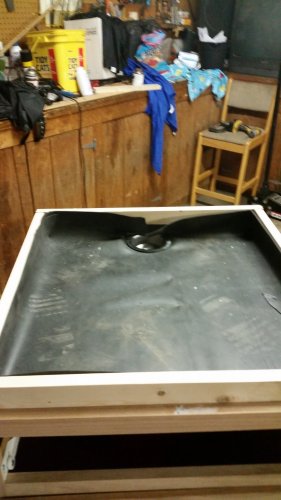Carlton
Chameleon Enthusiast
You probably won't find anything exactly the size you want...but bigger would work, right?Unfortunately they don't have anything to fit the dimensions of my enclosure. It is 3' wide and 2' deep
When thinking about a future cham cage, figure out what you'll use for the bottom tray first and then settle the dimensions of the cage to fit it. Kind of like making your own Christmas cards. First hard learned lesson is to find the envelopes you want and design the card to fit them not the other way around.




